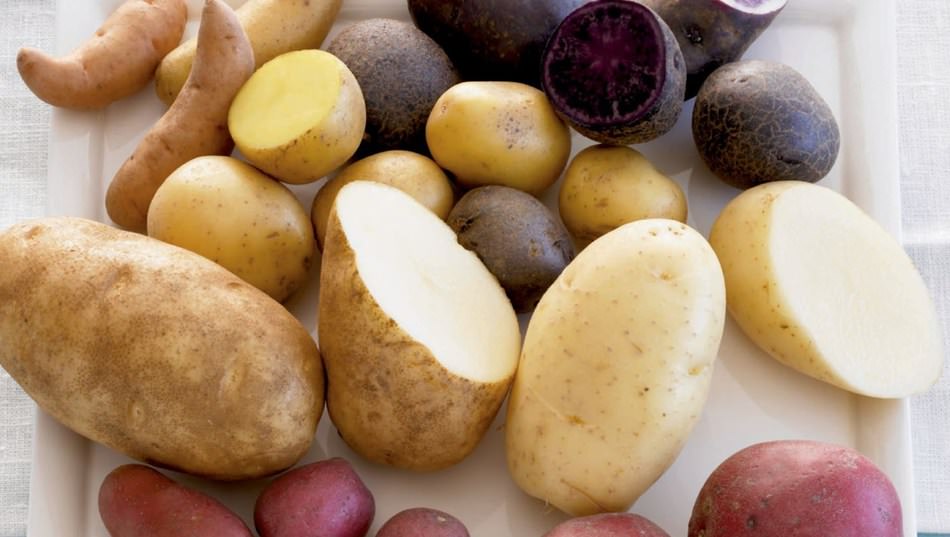July 8, 2025
New Survey Reveals an Overwhelming Majority of Nutrition Professionals Do Not Use the Glycemic Index
May 20, 2020
Dietitians and diabetes educators believe this arbitrary ranking does not help achieve health goals
Results of a national survey of 768 nutrition professionals (97 percent of respondents were registered dietitians) unveiled at the 2020 Today’s Dietitian Spring (Virtual) Symposium, found that nearly three-quarters (73 percent) do not use the Glycemic Index (GI) when counseling their patients and clients. Among those who do use it, 70 percent do so infrequently. The survey sheds light onto the concern nutrition professionals have about using the GI to guide the food choices and care of patients and clients: three out of five believe the GI is stopping people from eating perfectly healthy foods.

“The Glycemic Index is a ranking of carbohydrate in food according to how they affect blood glucose levels, and that’s not useful information for helping people plan meals and snacks that meet their individual needs,” explains Constance Brown-Riggs, MSEd, RD, CDE, CDN, who worked with Potatoes USA to design and interpret the survey and is also on the advisory board of Today’s Dietitian. “The body of scientific research supports that GI is a poor marker of overall health outcomes. I don’t use it with any of my patients, whether I am working with them on weight management or diabetes management.”
Regarding the management of diabetes, while Certified Diabetes Educators (17 percent of survey respondents) were more likely than all respondents to report using the GI, they do so to give patients a general concept of fast- and slow-acting carbohydrates and to help them prioritize foods higher in fiber– as many low-GI foods are higher in fiber – rather than being concerned about the GI of a food itself.
Additional survey findings indicate:
- Nutrition professionals surveyed believe that the GI leads to misinformation about the healthfulness of fruits and vegetables (69 percent and 37 percent respectively)
- With only 1 in 10 Americans meeting recommendations for fruit and vegetable intake according to the CDC, confusion around the healthfulness in the context of GI may be another barrier to adequate consumption.
- GI is not considered valuable for weight management
- Among the 27 percent of nutrition professionals surveyed whose main practice area is weight management, only 3 percent reported that the GI is very valuable for weight management; more than one third (35 percent) reported it is not valuable at all.
- GI is not part of professionals’ nutritional guidelines or standards to guide the food and/or meal selection of their patients
- The overwhelming majority (83 percent) of all respondents reported that the GI is not part of the nutritional guidelines or standards at their place of professional practice.
- 86 percent of all nutrition professionals surveyed report they do not use the glycemic load with patients and clients
- The Glycemic Load (GL) is a ranking system for carbohydrate-rich food that measures the amount of carbohydrates in a serving of food and is sometimes referred to as a better indicator than GI of how a carbohydrate food will affect blood sugar, because it is thought to combine both the quantity and quality of a carbohydrate-containing food. An even greater percentage of nutrition professionals reported not using the GL than the GI.
Even nutrition professionals surveyed who do use the GI with their patients or clients do not rule out high GI foods. In fact, four out of five (82 percent) believe the GI of potatoes is highly variable and depends on a number of factors, processing, temperature the potato is served (e.g. cold), preparation and cooking method, and potato type.
“Everyone can – and should – enjoy all foods within a healthy diet and not be concerned with the arbitrary Glycemic Index ranking,” says Browns-Riggs. “I advise my patients to focus on the overall nutritional qualities of the food as they build their meals and snacks. Potatoes, for example, are a nutrient-dense vegetable and high-quality complex carbohydrate that provides 26 grams of carbs, 3 grams of plant-based protein, 27 mg vitamin C and under-consumed nutrients like potassium (620 mg) and fiber (2 g) per 5.3 oz. skin-on serving. Baked, mashed and roasted, potatoes make a great addition to a healthy, balanced plate.”
For full survey results visit https://www.todaysdietitian.com/white_papers.shtml. For more information on potato nutrition, visit PotatoGoodness.com/Nutrition.
Survey Methodology
The survey was sponsored by Potatoes USA and distributed by Today’s Dietitian, the nation’s only independent media brand specifically for registered dietitians and nutrition professionals, to 35,000 subscribers via eblast. 768 nutrition professionals within the United States that actively work with patients and clients completed the survey from March 25 – April 7, 2020 (There was a margin of error +/-4% at 95% confidence). Among the respondents, 97% are Registered Dietitians (RD)/Registered Dietitian Nutritionists (RDN) and 17% are Certified Diabetes Educators (CDE)/Certified Diabetes Care and Education Specialists (CDCES).
More press updates from Potatoes USA
July 7, 2025
U.S. Retail Potato Sales Volume Grows During the July 2024-March 2025 Period
June 11, 2025
